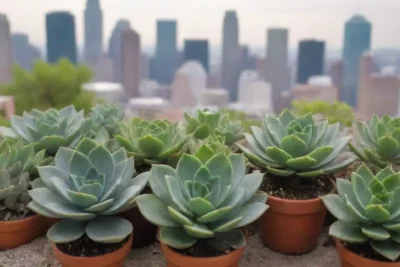
The Importance of Succulents in Conserving Native Plant Species

Introduction
Succulents, often recognized for their unique aesthetics and diverse forms, play a crucial role in the ecosystem. These plants, characterized by their thickened leaves and stems which store water, thrive in arid environments. Their adaptability not only enables them to survive in challenging conditions but also positions them as vital contributors to native plant conservation. Understanding the significance of succulents provides insight into their broader ecological benefits and necessity in preserving our planet's natural heritage.
In this article, we will delve into the multifaceted importance of succulents in conserving native plant species. We will explore how they contribute to biodiversity, their role in maintaining ecosystem health, and practical steps for incorporating succulents into conservation initiatives. By examining these aspects, we can gain a deeper appreciation for succulents as more than just a decorative addition to our homes and gardens; they represent a profound connection to environmental stability and sustainability.
The Role of Succulents in Biodiversity Conservation
Succulents are more than merely decorative plants; they contribute significantly to biodiversity conservation. Many succulents serve as habitat for a variety of wildlife, including pollinators, birds, and insects. The unique structures of these plants provide shelter and resources necessary for various organisms to thrive. For instance, flowering succulents attract bees and butterflies, playing a pivotal role in the pollination of not only their own flowers but also neighboring plants, enhancing overall ecosystem health.
Moreover, the ability of succulents to withstand extreme conditions makes them resilient players in conserving local flora. Given their adaptability, they can thrive in areas that may be inhospitable to other native species, creating microhabitats that support other plants and animals. This adaptive trait is especially important in regions affected by climate change, where shifting weather patterns and prolonged droughts threaten native plant populations. By integrating succulents into conservation strategies, we can foster ecosystems that are not only attractive but also functional and sustainable.
Additionally, some succulents, such as the Agave and Aloe species, have cultural significance in local communities. These plants often hold historical and economic value, serving as food sources or materials for crafting tools and textiles. By preserving these types of succulents, communities maintain their cultural heritage while simultaneously protecting their environment. Consequently, the conservation efforts for succulents indirectly promote the survival of various native species.
The Ecological Significance of Succulents
Succulents are deeply integrated into the ecological fabric of various landscapes, particularly in arid and semi-arid regions. They possess a unique water retention system which allows them to flourish in conditions that would otherwise be inhospitable to many other plant species. This remarkable ability helps stabilize soils, reduce erosion, and improve water retention rates in the surrounding environment. Consequently, they play a crucial role in maintaining the integrity of local ecosystems.
Beyond soil stability, succulents significantly influence the nutrient cycles of their habitats. As these plants decompose, they contribute organic matter back to the soil, enriching it and promoting healthier ecosystems. Some species, like the Echeveria and Sedum, are commonly used in ecological restoration projects due to their ability to encourage biodiversity and enhance soil health. They foster nutrient-rich environments that support numerous organisms, from bacteria to larger fauna, thus maintaining a balanced ecosystem.
 Natural Climate Regulation: The Role of Succulents Explained
Natural Climate Regulation: The Role of Succulents ExplainedFurthermore, succulents can fight against invasive species, which pose a significant threat to native habitats. In regions where invasive plants dominate, introducing certain succulent species might aid in restoring the ecological balance. Their unique characteristics can outcompete non-native plants for resources, allowing native flora to re-establish itself. Consequently, succulents serve as valuable tools in combating the ecological disruptions caused by invasive species.
Practical applications of Succulents in Conservation Efforts
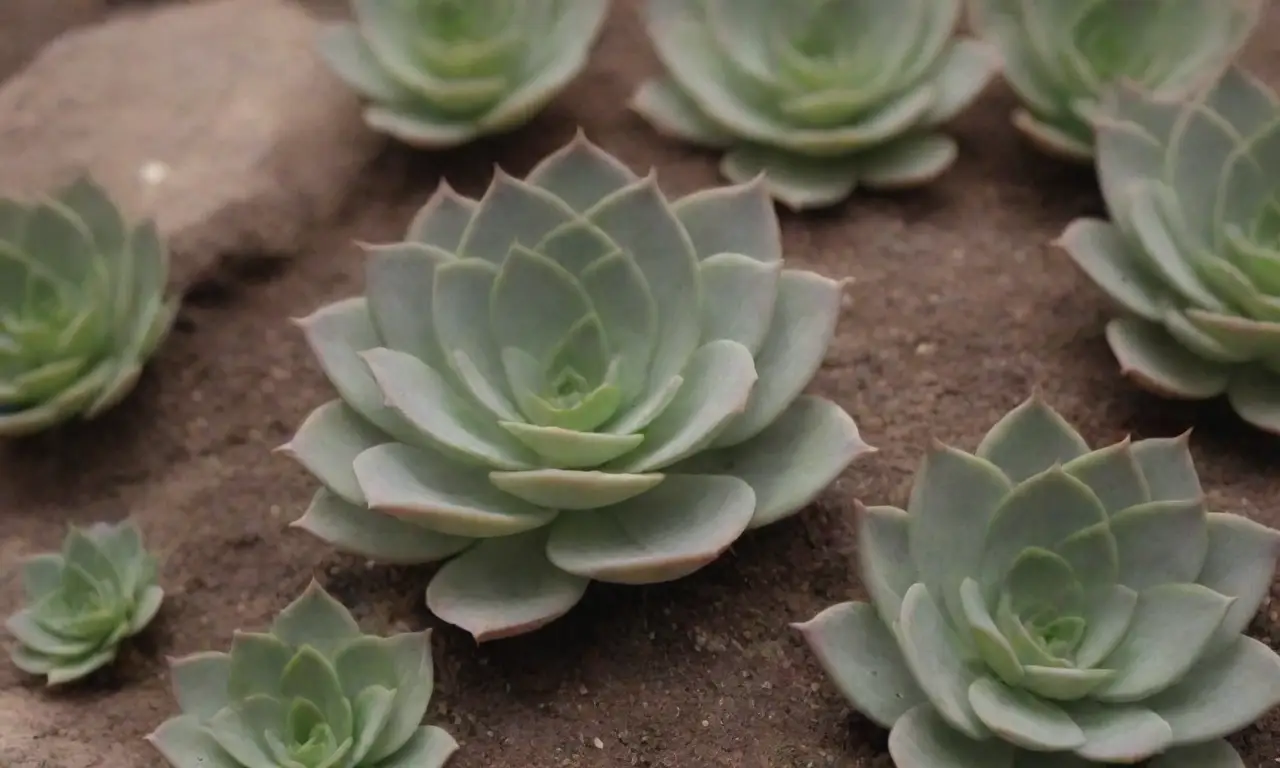
The practical applications of succulents in conservation are manifold. One of the most effective approaches is the establishment of native plant gardens that prioritize succulent species. These gardens can educate the public about the importance of conserving native plants, while also offering practical benefits like water conservation and reduced maintenance needs. By showcasing succulents prominently, these gardens can demonstrate their aesthetic appeal and ecological importance simultaneously.
Community involvement is another essential aspect of utilizing succulents in conservation. Engaging local communities in the propagation and maintenance of succulent populations creates a sense of ownership over local environments. For example, workshops can be organized where community members learn how to care for succulents, while also understanding their role in supporting native species. This hands-on approach promotes awareness and encourages sustainable practices within the community.
Moreover, succulents can be integrated into urban landscaping initiatives, enhancing biodiversity even in developed areas. Xeriscaping, or landscaping that reduces the need for irrigation, is a perfect application for succulents. Designing urban spaces with native succulents not only beautifies cities but also contributes to a healthier ecosystem. This landscape design method aids in water conservation and provides vital habitats for local wildlife, thereby bridging the gap between urban environments and nature.
Conclusion
In summary, succulents play an indispensable role in the conservation of native plant species and the overall health of our ecosystems. Their unique adaptations to arid environments provide crucial support for local wildlife, enhance biodiversity, and contribute significantly to the stabilization of ecosystems. By integrating succulents into conservation efforts, we can foster a deeper appreciation for these remarkable plants and their vital role in maintaining ecological balance.
As we move forward, it is crucial to raise awareness about the importance of succulents in native species conservation. Educational programs and community engagement can serve as platforms to highlight their benefits and encourage sustainable practices. Additionally, advocating for the inclusion of succulents in urban planning and landscaping can help bridge the gap between human development and ecological preservation.
 Understanding the Role of Succulents in Urban Ecosystems Today
Understanding the Role of Succulents in Urban Ecosystems TodayUltimately, the importance of succulents transcends their aesthetic appeal; they hold the key to nurturing biodiversity and promoting sustainable practices in our ecosystems. By understanding and supporting the role of succulents in conservation, we can contribute to a more resilient and diverse natural environment for generations to come.
If you want to read more articles similar to The Importance of Succulents in Conserving Native Plant Species, you can visit the Environmental Benefits category.



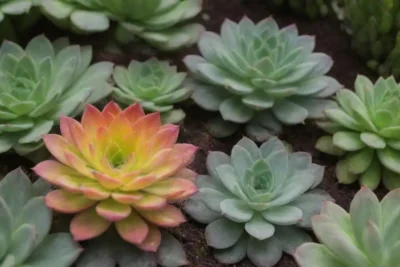
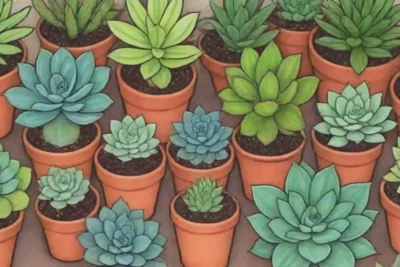
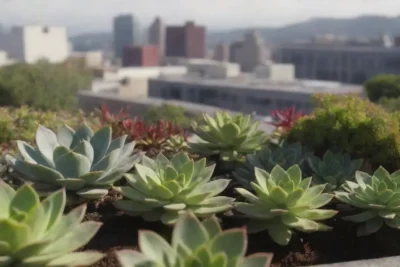
You Must Read